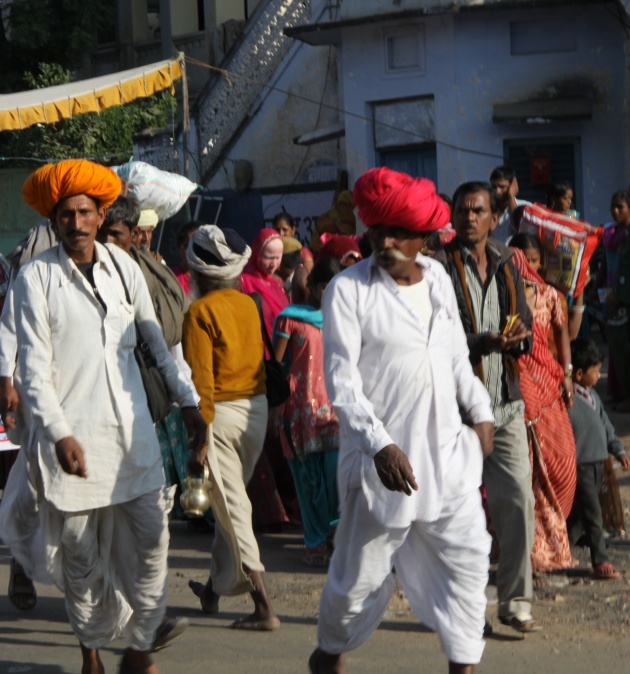This picture was shot in Pushkar - Rajasthan, during a journey made in november 2013. Hindu consider Pushkar a Holy City. Other cities visited were: Bombay, Jaipur, Agra and Delhi. After three weeks, and I know this is really a short time to be able to give opinions and considering that India has more than a billion of habitants, I think that India has many contradictions especially for what the standard of its inhabitants style of life is concerned. Many people are living in the streets, especially in the big cities; this maybe is due to the social caste system organization (as it was in Europe in the middle age). For a Country holding atomic weapon and that has has started a long term plan of trips to Mars, it looks unsuitable. It can be defined an archaic futurist society. In the past India has suffered invasions of European people such as Portuguese, followed by Dutchmen, French and finally British. All this did not help the developing of the Country and consequently of the Society. Only in 1947, after strong fights, India has reached its independence.The Country has been divided in two parts: The Indian Union whose majority was Hindu and Pakistan whose majority was Muslims. Today it is The Republic of India, federated in 19 States. Deep contradictions still tear up this Country and cultural development and tensions still persist considering also that India is the second most populated country in the world. Nevertheless India nowadays is meant to reach an intense development.

Questa foto è stata scattata a Pushkar, nel Rajasthan, India del nord, durante un viaggio intrapreso nel novembre 2013. Gli Hindu considerano Pushkar una città sacra. I luoghi visitati sono stati: Bombay, Jaipur, Pushkar, Agra e Delhi. L'opinione che mi sono fatto, probabilmente incompleta trattandosi di un viaggio di sole tre settimane in un Paese enorme e con più di un miliardo di abitanti, è che l'India ha molte contraddizioni, specialmente per ciò che riguarda le condizioni economiche e abitative. Molti indiani vivono nelle strade, specialmente nelle grandi città; probabilmente ciò è dovuto all'organizzazione sociale che si poggia su caste (un po' come era in Europa nel medioevo). Per una nazione che possiede le armi nucleari e sta intraprendendo dei viaggi su Marte, tutto ciò appare inverosimile. L'India può essere definita una società arcaico-futurista. Nel passato l'India ha subito le varie fasi del colonialismo a cominciare dai Portoghesi arrivati nel XVI secolo, seguiti dagli Olandesi e dai Francesi per poi finire sotto il dominio britannico. Tutto questo non ha certo spinto il paese verso forme moderne di sviluppo sociale ed economico. Soltanto nel 1947, dopo aspre lotte, l'India ha ottenuto l'indipendenza. Il Paese è stato diviso in due parti: l'Unione Indiana, la cui maggioranza era Hindu, e il Pakistan, la cui maggioranza era musulmana. Oggi l'India è la Repubblica dell'India, federata in 19 Stati. Profonde contraddizioni lacerano questo paese e tensioni culturali, religiose ed economiche ancora persistono anche alla luce del fatto che l'India è la seconda nazione più popolosa al mondo. Ciò nonostante questo Paese è proiettato verso un grande sviluppo.



